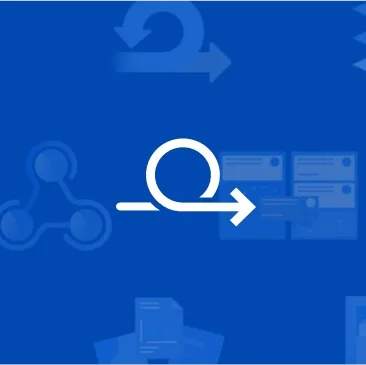SachAccess
Active member
- Local time
- Today, 10:20
- Joined
- Nov 22, 2021
- Messages
- 437
Hi Experts,
Need your help on this topic. How do I improve my project requirement understanding skills.
Since this is a public platform, I will write it other way round.
I have observed that I have seen people who understand the exact requirement in less time than me.
If those guys are taking 2X time to understand, I might take 3X for more than 2X.
What type of questions should I ask.
Typically how many meetings we should have to understand the project, am aware this depends on the project.
But is it a good habit to draw the conclusion in one meeting only. Is there any rulebook, agenda to be followed for the meetings.
Sometimes, it might happen, the person explaining you requirement, does not reveal all the problem areas.
Or hides few challenging scenarios and this comes up during UAT and involves re-work.
How to avoid this, that is why the question, What type of questions should I ask.
Can we have a meeting with different POC at different time, simply to validate the information or will it be seen as trust issue.
How much to rely on BRD (SOP), it happens that the actual flow and flow mentioned in the document is different.
There are less number of steps mentioned in the document, how do proceed with such scenario.
Should we demand the correct document before starting any work.
This questions might look silly or too basic for you. But answers from you will be very helpful for me.
Please help if you get time.
Need your help on this topic. How do I improve my project requirement understanding skills.
Since this is a public platform, I will write it other way round.
I have observed that I have seen people who understand the exact requirement in less time than me.
If those guys are taking 2X time to understand, I might take 3X for more than 2X.
What type of questions should I ask.
Typically how many meetings we should have to understand the project, am aware this depends on the project.
But is it a good habit to draw the conclusion in one meeting only. Is there any rulebook, agenda to be followed for the meetings.
Sometimes, it might happen, the person explaining you requirement, does not reveal all the problem areas.
Or hides few challenging scenarios and this comes up during UAT and involves re-work.
How to avoid this, that is why the question, What type of questions should I ask.
Can we have a meeting with different POC at different time, simply to validate the information or will it be seen as trust issue.
How much to rely on BRD (SOP), it happens that the actual flow and flow mentioned in the document is different.
There are less number of steps mentioned in the document, how do proceed with such scenario.
Should we demand the correct document before starting any work.
This questions might look silly or too basic for you. But answers from you will be very helpful for me.
Please help if you get time.

